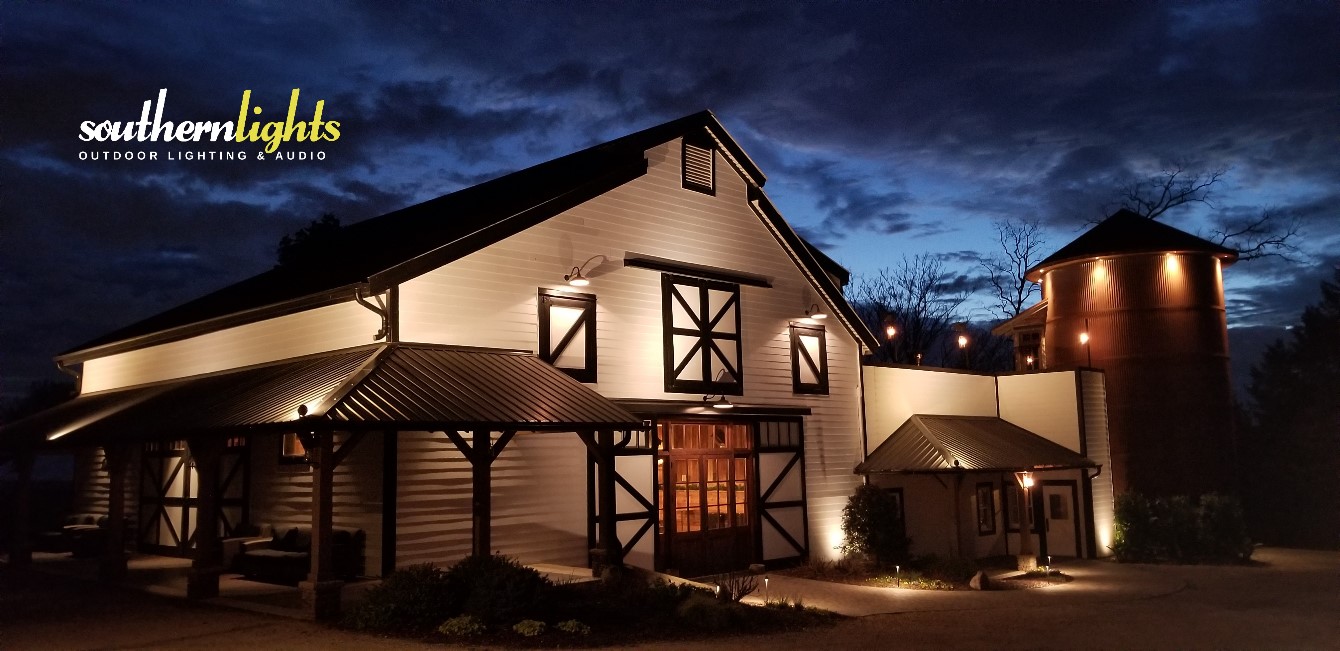Distinguishing your business in the market place is an ongoing challenge in virtually every industry, but as it pertains to outdoor lighting, the distinct value you bring to your customer rests squarely on your design capability. We are after all, a visual industry that creates an emotional connection between the customer and our results. Whether you create a relaxing subtle environment for intimate conversation, or dramatic enhancement to architectural or landscape features, your ability to interpret and deliver on what your client needs is what separates you from the pack.
To leverage this capability and position your company as a leader in lighting design, an investment in professional photography is essential. Just as quality photography can create a positive emotional reaction from prospective customers, poor or mediocre photographs can have an adverse effect on their perception of you and your business.
Let’s look at the following images and see what makes them work and what could jeopardize your chances of closing the deal.This is clearly a beautiful Image that conveys peace and tranquility and showcases great design on multiple levels. First, you will note there is not a lighting fixture visible in this shot. It focuses exclusively on the lighting effect. The angle of the camera uses water reflection in the foreground to create an ethereal setting that demonstrates this lighting designer brings a true artistic vision when illuminating an outdoor space.
Now here is an example of a typical photograph, and the type you should try to avoid. Putting aside the lackluster design, this photo does nothing to capture the emotion of the space.
The best times to shoot evening photography is just before dusk until around 15 minutes after sunset. It is a short window of time but provides ambient light to highlight the surrounding area (in this case the pergola and the pool).
The result of shooting this in the dark of night, is a photo filled with hot spots along the wall and behind the pergola column on the right. Looking closer, there is machinery in the middle of the pergola and a milk crate by the left column; likely not noticed in the dark or simply ignored. This is a missed opportunity. Had the pool been illuminated, the shot taken at dusk, and the area cleaned, this photo would have delivered a drastically different result.
This is the perfect timing for a photo at dusk where the ambient light allows for the photograph to pick up all the architectural details while still showing the outdoor lighting effect.
And as you consider you photography it is valuable to capture specific effects that you can illustrate to future customers. In this example it shows Up and Wash lighting used to make a welcoming space.
Even if you have limited budget, it would be worthwhile to consider having at least one of your best projects photographed by a true professional. You can negotiate hourly or day rates. A walk through of the job site is essential as the photographer will want to take notes on staging various shots so get to the site well before dusk. Take as many shots as possible from as many different angles to get the most out of your investment. These are images you can post to your website, social media, and sales presentations that will demonstrate a commitment to quality in both your work and how you manage your business.
Spring, and Fall are great times of the year for landscape lighting photography. Spring blooms and Autumn foliage will naturally enhance the landscape and your photography as well. Now is a perfect time to promote your design creativity and promote the quality you bring to our industry.






